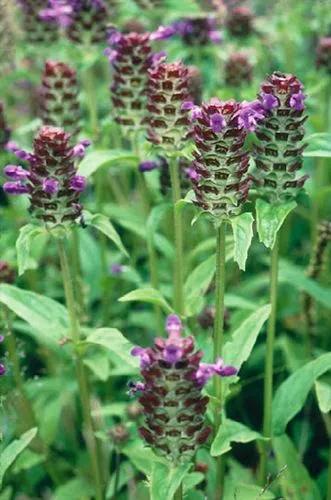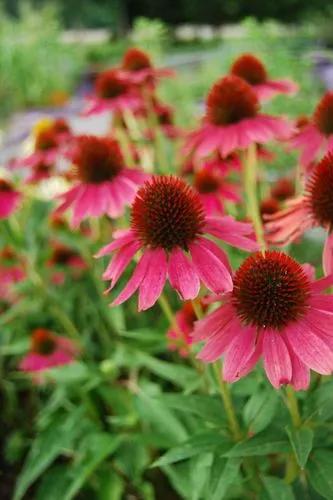Lathraea clandestina is a holoparasite that has neither leaves nor chlorophyll and draws its food from the roots of its hosts via suckers known as haustoria. The subterranean part, which can weigh several kilograms, consists of white stems covered with fleshy scales. The flowers are 40 to 50 mm, with long pedicels; they appear near to the ground in April - May. The normal colour of the flowers is purple or purplish-violet, but rarely colonies with paler, pink or even wholly white flowers may be encountered. Mature fruits can project their 4 to 5 large seeds some distance into the surrounding area. The plant then disappears from the surface until the following spring. Seedlings grown from seed will take about ten years to produce their first flowers. The total absence of green indicates the parasitic nature of the species which, free of chlorophyll, attaches to the roots of the host to harvest the nutrients necessary for its growth. Given that it flowers and produces fruits during the rise of the sap in the spring, the hosts appear to suffer very little from this parasitism.
Purple Toothwort Care
Lathraea Clandestina



How to Care for the Plant

Water

Medium watering is recommended. In the proper environment, this perennial should receive enough water to thrive independently.

Sunlight

Find a spot that offers part shade. This plant blooms in dappled sunlight before the trees fill out and then requires part shade to full shade in summer.

Soil

Give toothwort moist to mesic, humusy, well-drained soil. To mimic its native rich deciduous forests, add decaying leaves for extra nutrition.

Additional

Toothwort is not toxic according to many sources, but it's always a good idea to consult a wellness expert or foraging guide in natural areas where the plant is often crowded.

Popularity

98 people already have this plant 23 people have added this plant to their wishlists
Discover more plants with the list below
Popular articles






